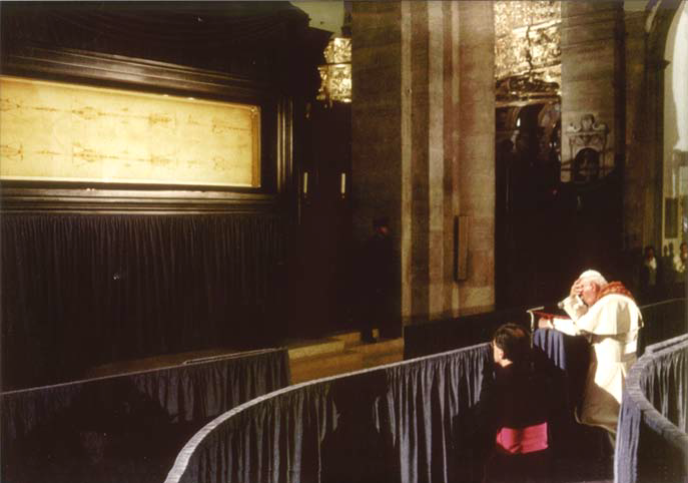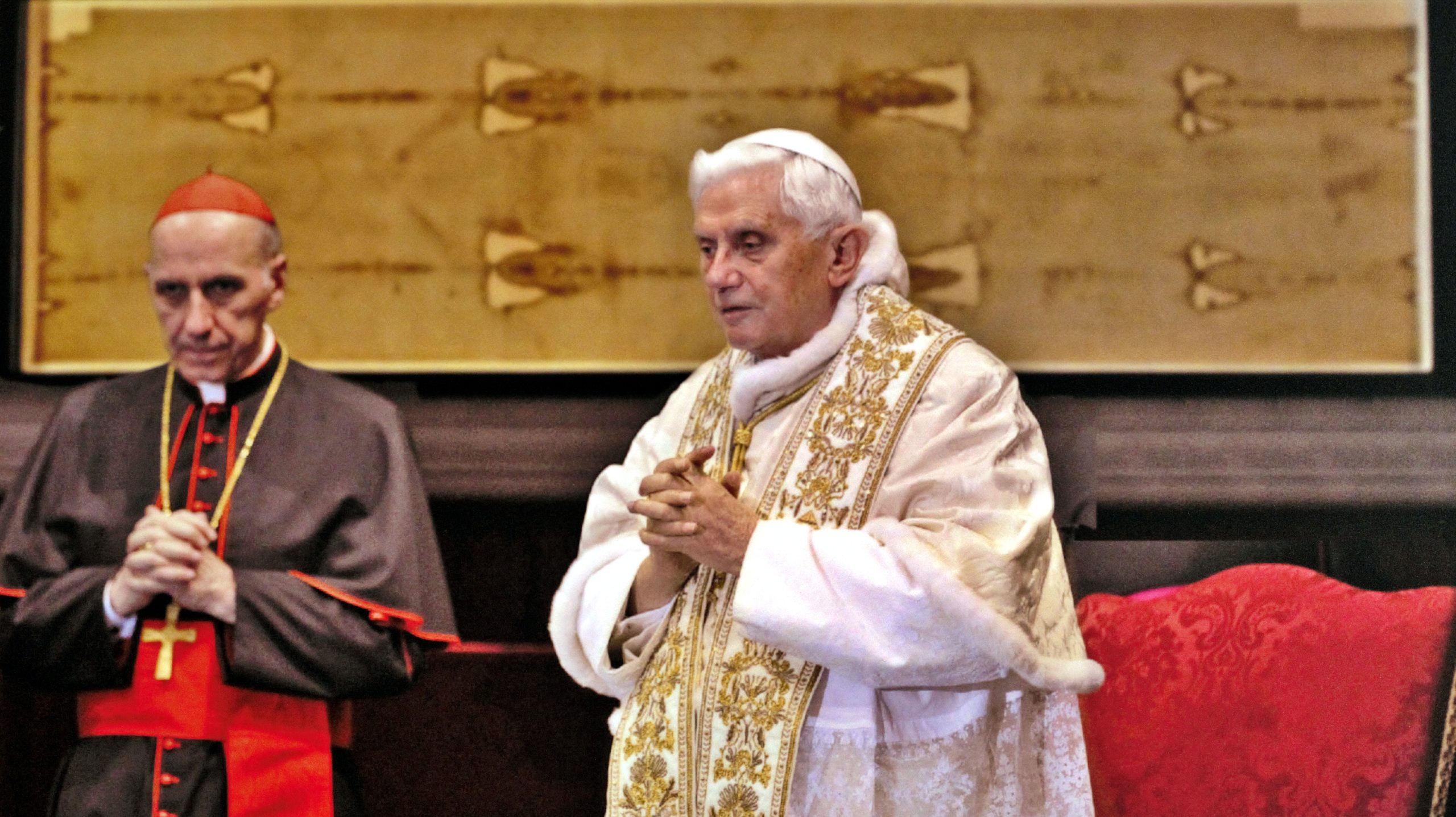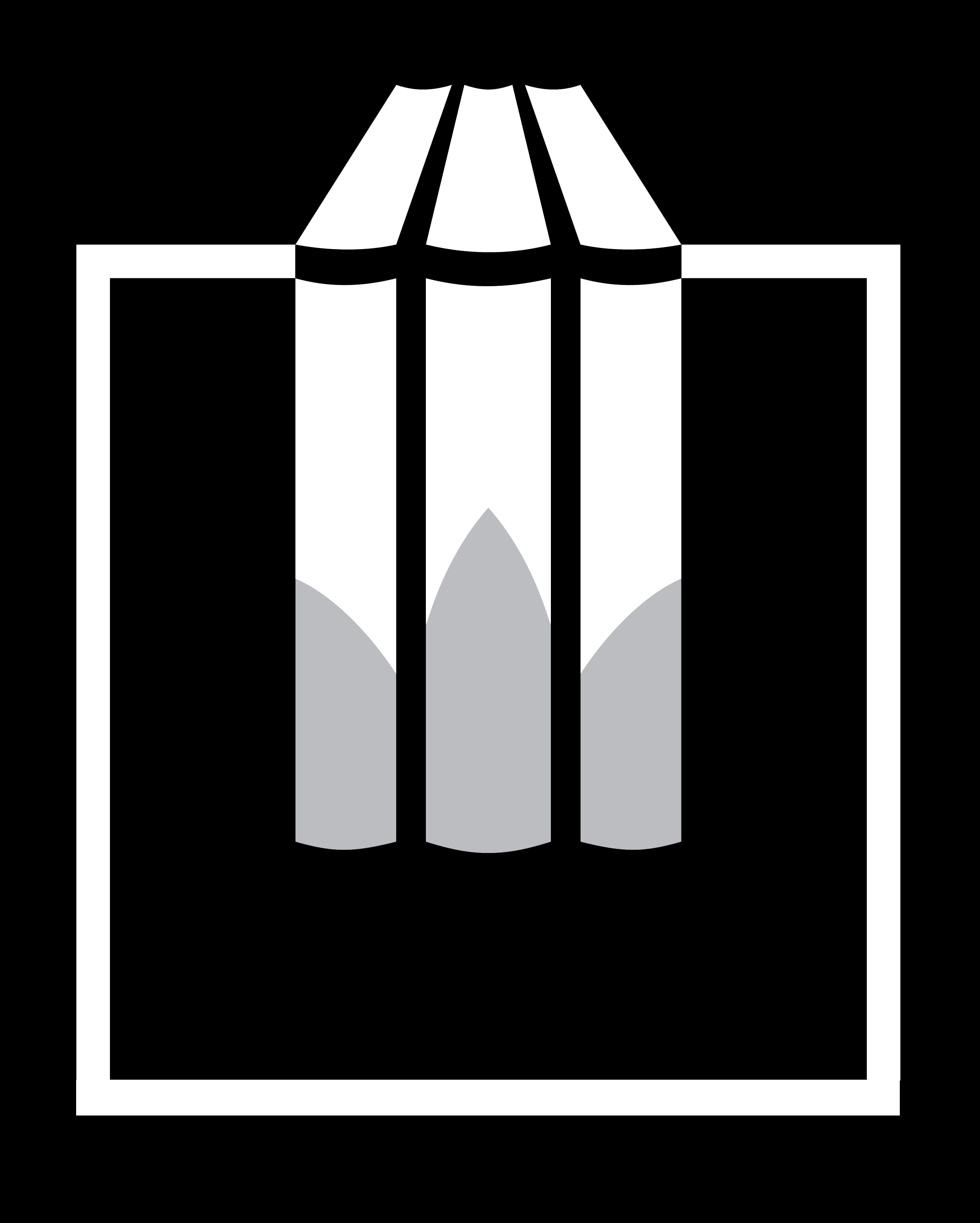Popes before the Shroud in Turin
Krzysztof Sadło ![]()
Polish Syndonological Centre, Kraków, Poland
The first pope to comment on the Shroud was Antipope Clement VII. He did so several times in the second half of the 14th century, i.e. at the time of the Western Schism (the obedience of Avignon) in the form of bulls and letters in which he resolved questions concerning the ownership of the Shroud and its presence in church worship. However, he remained reticent about the authenticity of the linen. In the 15th century, Pope Sixtus IV, in his book De sanguine Christi, published in 1473, expressed his belief that the Shroud was the actual burial cloth of Jesus, stained with his blood. In 1506, Julius II inaugurated the public veneration of the Shroud throughout the Church, introducing a special liturgical commemoration on 4 May and approving a Mass form and breviary office dedicated to the Shroud. Pius VII made two pilgrimages to the Shroud in 1808 and 1814.
Much more has been said about the Shroud by recent popes. The first to make a more extensive reference to this relic was Paul VI. He did so during a speech accompanying the first televised showing of the Shroud in 1973. At the time, the Pope recalled how impressed he had been by the image when he was able to view it during its public display in 1931. In the speech he also said:
Whatever historical and scientific judgements scholars may make about this astonishing relic, we would only desire one thing: that it may allow all who see it not only a profound, emotional insight into the external and moral features of the Saviour’s miraculous figure, but also a closer approach to an even more poignant vision of His deepest, fascinating mystery.
(quoted in Wilson 1983, p. 271)
and:
We feel growing in us, believers or non-believers, a mysterious fascination with the person of Christ and we hear in our hearts the evangelical echo of His voice which invites us to seek Him where He is still hidden and where He allows Himself to be found, invites us to love and serve Him, hidden in every human person.
(quoted in Lafon, Meditation before the Shroud…)
John Paul II made several pilgrimages to the Shroud. The first time was in 1978, when he was still a cardinal, on his way to the conclave which elected John Paul I. He had another opportunity as Pope in 1980. At that time, in a moving homily on modern man’s fear of death, which he delivered in front of Turin Cathedral, he also briefly mentioned the Shroud: The Holy Shroud, if one accepts the arguments of so many scholars—the most particular witness of the Pascha: passion, death and resurrection. A silent and yet astonishingly eloquent witness! (John Paul II, In the Face…).

John Paul II’s next visit to Turin took place in 1988. He spoke most extensively about the Shroud 10 years later, during his 1998 visit, when he spoke about it on 23 May on three occasions: during Mass, the Angelus reflection, and a special service held before the relic. In one of these reflections, important words were said revealing the Pope’s views on the linen and the scientific research carried out on it:
The Shroud is a challenge to reason. Above all, it demands of every human being, and especially of the researcher, the effort to accept with humility the profound message that speaks to his mind and touches his life. The mysterious charm of the Shroud makes us ask about the relationship between the sacred Linen and the historical events of Jesus’ life. This is not a matter of faith, so the Church does not have the proper competence to pronounce on these matters. For this reason, she entrusts scholars with the task of carrying out further research in order to find answers to questions relating to the Shroud in which, according to tradition, the body of our Redeemer is supposed to have been wrapped after his removal from the cross. The Church encourages us to approach the study of the Shroud without any preconceptions, not to take for granted anything that has not been proven; she calls us to maintain an inner freedom in action, to scrupulously observe the rules of scientific methodology, while respecting the sensitivity of the faithful.
(John Paul II, The Shroud as a Sign…)
Benedict XVI, as a priest and cardinal, made several pilgrimages to the Shroud; as Pope, during his short pontificate he only managed to visit Turin once. Then, on 2 May 2010, in meditation before the Shroud, he said:
the Shroud is the icon of this mystery, the icon of Holy Saturday. For it is a burial cloth in which was wrapped a crucified man with characteristics in all things corresponding to what the Gospels say about Jesus, who, crucified at noon, died around three in the afternoon. This was happening on the day of the Preparation, that is, on the eve of the solemn Sabbath of Passover, so when evening came, Joseph of Arimathea, a wealthy and highly respected member of the Sanhedrin, boldly asked Pontius Pilate for permission to lay the body of Jesus in a new tomb which he had had carved for himself in a rock near Golgotha. After receiving permission, he bought a sheet and, when Jesus’ body was taken down from the cross, he wrapped it in this sheet and placed it in the tomb (cf. Mark 15:42–46). This is what St Mark’s Gospel says, and the accounts of the other Evangelists are consistent with it. From that moment on, Jesus remained in the tomb until the dawn of the day after the Sabbath, and the Shroud of Turin shows us what his body resting in the tomb looked like for that period of time which, although chronologically short (about a day and a half), was boundless and of immeasurable value and significance. (…) And yet the death of the Son of God, Jesus of Nazareth, also has another aspect, a profoundly positive one, which is a source of consolation and hope. This makes me think that the Shroud is like a “photographic” document—it has a “positive” and a “negative.” And indeed, it is just that—the darkest mystery of faith is at the same time the brightest sign of a hope that has no boundaries. Holy Saturday is a “no man’s land,” somewhere between death and resurrection, but this “no man’s land” was reached by Him, the Only One, who passed it with the marks of the Passion borne for man. “Passio Christi. Passio hominis.” The shroud speaks to us of this very moment, it is the testimony of this unique and unrepeatable interval in the history of humanity and the universe, when God in Jesus Christ shared with us not only our dying but also our being in death. This is the most radical solidarity.
(Benedict XVI, Papal Reflection…)
One of Benedict XVI’s last decisions before his abdication was to authorise the televised display of the Shroud, which took place on Holy Saturday, 30 March 2013, and was the second such display of the cloth in history, following the aforementioned 1973 display, thus precisely 40 years earlier.

Pope Francis first spoke about the Shroud during a reflection precisely on the occasion of the 2013 display. At the time, he said:
Through the holy Shroud, the one and final Word of God reaches us: the Love that became man, incarnated in our history; the merciful Love of God who took upon himself all the evil of the world in order to free us from its dominion. This disfigured Face is reminiscent of so many faces of men and women wounded by a life that lacks respect for their dignity, by wars and violence that harm the weakest… Yet, the Face from the Shroud conveys great peace; this tormented body expresses the highest majesty. It is as if it allows the powerful energy contained in it to penetrate and as if it tells us: trust, do not lose hope! The power of God’s love, the power of the Risen One conquers all.
(Francis, Message…)
In person, Francis appeared in front of the Shroud on 21 June 2015, when its last long public display, which lasted two months, took place in Turin. At the time, the Pope offered a few minutes’ silent prayer in front of the cloth. During the coronavirus pandemic, two televised emergency expositions took place in accordance with Pope Francis’ wishes: they took place on Holy Saturday in 2020 and on the same day a year later. The most recent papal statements focus primarily on the spiritual message of the Shroud as a testimony, a witness and an icon that shows in a very realistic way how salvation was accomplished. At the same time, the Pope does not deny the right of science to study the Shroud and its authenticity; he only calls for due scientific integrity, but also sensitivity towards the faithful, for whom the Shroud remains an image of Jesus Christ.
References
Accornero P.G., Całun. Historia, nauka, kult, tłum. K. Kozak, Kielce 2017.
Benedykt XVI, Rozważanie papieskie przed Całunem – Turyn, 2 V 2010, [on-line:] https://opoka.org.pl/biblioteka/W/WP/benedykt_xvi/przemowienia/turyn-calun_02052010.html – 23 VII 2022.
Francis, Pope Francis’ video message on the occassion of the display of the Holy Shroud in Turin Cathedral, broadcast on Holy Saturday, 30 March, [on-line:] https://www.vatican.va/content/francesco/pl/messages/pont-messages/2013/documents/papa-francesco_20130330_videomessaggio-sindone.html – 23 VII 2022.
Jan Paweł II, Całun znakiem męki, która objawia miłość Zbawiciela. Homilia podczas liturgii słowa w katedrze Turyńskiej, 24 V 1998, [on-line:] https://opoka.org.pl/biblioteka/W/WP/jan_pawel_ii/homilie/turyn_24051998 – 23 VII 2022.
Jan Paweł II, W obliczu lęku dzisiejszego świata. Homilia przed katedrą w Turynie, 13 IV 1980, [on-line:] https://opoka.org.pl/biblioteka/W/WP/jan_pawel_ii/homilie/turyn_13041980 – 23 VII 2022.
Lafon M. C., Medytacja przed Całunem Turyńskim. “To więcej niż obraz, to Obecność”, [on-line:] https://pl.aleteia.org/cp1/2020/04/11/medytacje-przed-swietym-calunem-ze-sw-janem-pawlem-ii-i-sw-pawlem-vi/– 15 VIII 2022.
Pilarczyk K., Tajemnica Całunu Turyńskiego. W dwudziestą rocznicę wizyty Jana Pawła II w Turynie (1998-2018), [in:] Londyńskie spotkania z Janem Pawłem II. W setną rocznicę urodzin Papieża Polaka (1920-2020), red. K. Pilarczyk, Kraków–Londyn 2020, s. 179–194.
Wilson I., Całun Turyński, tłum. A. Polkowski, Warszawa 1983.
Zaccone G.M., Całun Turyński. Historia tajemnicy, tłum. D. Wronikowska, Kraków 2011.
Source of Images
1. and 2. Kim jest Człowiek z Całunu? [exhibition brochure], Kraków 2012
